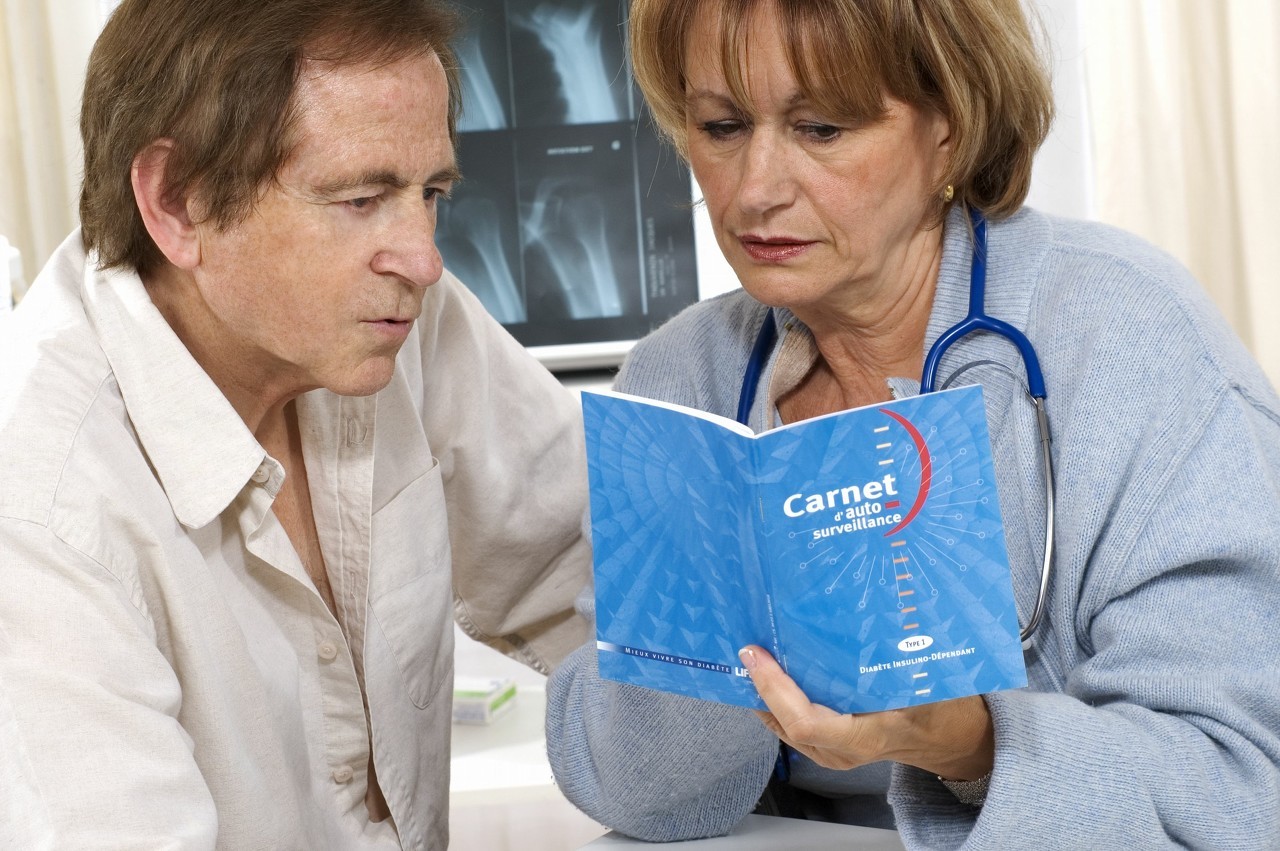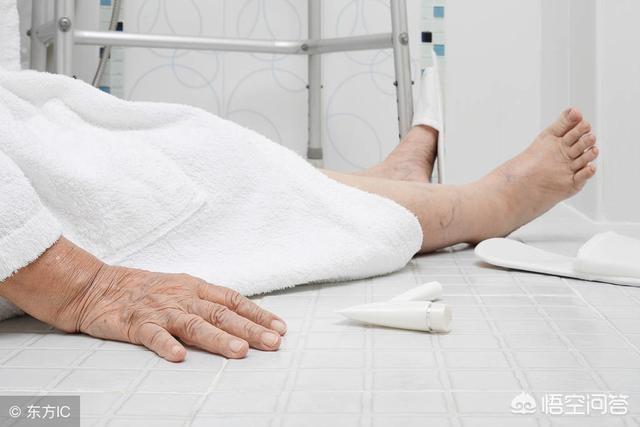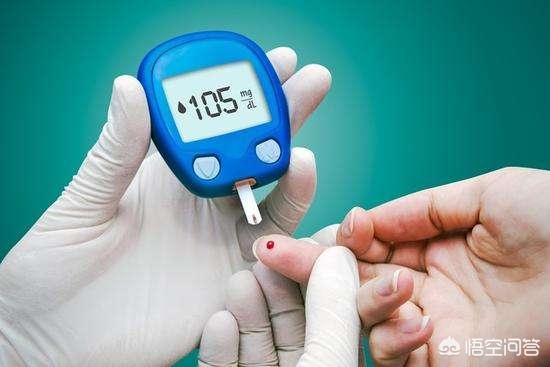Can diabetes cause coma?
Can diabetes cause coma? 
People with diabetes are prone to coma conditions and they can be caused by different reasons:
Case 1: Coma due to hypoglycemia
Auntie Zhang is diabetic and needs insulin to control her blood sugar. On this day she forgot whether she had injected insulin, so she took another insulin shot and then went for a nap. In the evening, her partner asked her what she wanted for dinner, but she couldn't wake Auntie Zhang up. My partner realized that Auntie Zhang might have hypoglycemia, so he rushed to test her blood sugar, and it was really a hypoglycemic attack. My partner first gave Auntie Zhang some sugar water and then called an ambulance to take her to the hospital. When Auntie Zhang woke up, the doctor told her that she was lucky that the hypoglycemia was detected in time, otherwise the consequences would have been dangerous. The doctor also warned Auntie Zhang that if she was not sure whether she had injected insulin, she should treat it as if she had already injected it, because if she had already injected insulin and then re-injected it, it would easily lead to hypoglycemia.
Case 2: Coma due to diabetic ketoacidosis
Song is a diabetic, he recently a few days cold appetite, he thought the meal eaten less, it can be the glucose-lowering drugs stopped first. On this day he felt the symptoms of fatigue aggravated, but also a serious thirst, and later had a feeling of nausea, vomiting, and wanted to sleep. He thought it was caused by a cold and went to bed. But when he woke up, he was already lying in the hospital. It turned out that his daughter went to see him and found that Song was already unconscious, so she rushed him to the hospital, and the result was diagnosed as diabetic ketoacidosis.
Diabetic ketoacidosis has a tendency to occur in patients with type 1 diabetes mellitus and can also occur in patients with type 2 diabetes mellitus, with common triggers such as acute infections, sudden interruptions of therapy after inappropriate insulin tapering, improper diet, gastrointestinal disorders, strokes, traumasan, and surgeries.
 It is possible for diabetes to cause coma. Non-ketotic hyperosmolar diabetic coma, referred to as diabetic hyperosmolar coma, is one of the acute complications of diabetes mellitus, and is mainly seen in elderly type 2 diabetics, but also in people who have not been diagnosed with diabetes mellitus, usually those who are treated with dietary control or oral hypoglycemic medications only.
It is possible for diabetes to cause coma. Non-ketotic hyperosmolar diabetic coma, referred to as diabetic hyperosmolar coma, is one of the acute complications of diabetes mellitus, and is mainly seen in elderly type 2 diabetics, but also in people who have not been diagnosed with diabetes mellitus, usually those who are treated with dietary control or oral hypoglycemic medications only.
The main reason for diabetic hyperosmolar coma is the insufficiency of insulin in the body, together with some triggering factors, such as infection, high fever, vomiting, diarrhea, oral elevation of blood glucose and drugs causing dehydration (hormones, diuretics, etc.), so that the blood glucose gradually rises to more than 33.3 mmol/L. Generally, the urine ketone body is negative, and it is not accompanied by acidosis, but there are a small number of people who are accompanied by ketoacidosis and acidosis. The first few days of the onset of the patient may appear apathy, slow reflection, if not noticed, the patient can gradually enter a coma. Because of this kind of patients severe dehydration, high blood sugar, high osmolality, blood sodium rise, cause blood viscosity increase, lead to arterial thrombosis and often combined with acute cerebrovascular accident, myocardial infarction and so on. Therefore, elderly diabetic patients with poor glycemic control, aggravation or psychiatric symptoms should be timely to the hospital to avoid the occurrence of serious adverse consequences.
Diabetic coma is a common emergency in emergency medicine, which mainly includes 4 types of hypoglycemic coma, ketoacidotic coma, nonketotic hyperosmolar coma and lactic acidosis coma:

1. Diabetic hypoglycemic coma
Among diabetic comas, hypoglycemic coma is more common. Hypoglycemia can be diagnosed in diabetic patients if they experience prodromal symptoms such as dizziness, fatigue, panic, and cold sweats, and if their blood glucose test value is below 3.0 mmol/L.
2、Diabetic ketoacidosis coma
In early stage, there are aggravating "three more and one less" symptoms, or even dry mouth, nausea and vomiting, drowsiness and other manifestations, and exhaling rotten-apple-flavored gas; with the aggravation of the condition, there are clinical manifestations of pre-shock and shock in late stage, or even impaired consciousness, but the degree varies. Auxiliary examination of blood glucose between 16.7 ~ 33.3 mmol / L, blood ketone bodies in 1.0 mmol / L or more for hyperketonemia, once more than 3.0 mmol / L for the acidosis, at this time can be diagnosed as diabetic ketoacidosis.
3. Diabetic hyperosmolar coma
Diabetic hyperosmolar coma is mostly seen in elderly diabetic patients. The disease starts slowly, and at the initial stage, there are only manifestations of polyuria, polydipsia, and not much food intake or even loss of appetite. Gradually, severe dehydration and neurological and psychiatric symptoms may appear. The diagnosis can be confirmed if the blood glucose of the comatose patient is above 33.3 mmol/L.
4. Lactic acidosis coma
Lactic acidosis coma is common in elderly diabetic patients who use biguanides and have combined hepatic and renal impairment. Because biguanides can increase the rate of sugar anaerobic fermentation, promote the production of lactic acid, intramuscular lactic acid oxidation rate is relatively slow, lactic acid production exceeds the body's metabolic rate, resulting in the accumulation of lactic acid, resulting in the occurrence of poisoning.
The diagnosis is confirmed by the presence of nausea and vomiting, tiredness, fatigue, deepening of respiration, and gradual coma, if there is a previous history of diabetes, and if the blood lactate test value is 75 mmol/L or more and the blood pH test value is less than 7.35.

Coma is one of the most important acute complications of diabetes mellitus, patients with diabetic coma, should be sent to the hospital in time to rescue, if not carried out in a timely manner, coma time lasts more than 6 hours, will cause irreversible damage to the brain tissue, or even death.
To avoid all kinds of complications, diabetics need to do a good job of preventing and treating diabetes in their daily lives:
In the treatment of diabetes, nutritional therapy, exercise therapy, medication, health education and blood glucose monitoring are the five integrated treatment measures for diabetes. Measures taken by diabetic patients to lower glucose, blood pressure, adjust blood lipids and control weight, and to correct bad habits such as smoking cessation, can significantly reduce the risk of diabetic complications.
I. Dietary control "five appropriate"
1, it is advisable to eat grains and cereals. Such as oat noodles, buckwheat noodles, oat noodles, cornmeal and other staples rich in vitamin B, a variety of trace elements and dietary fiber, long-term consumption can reduce blood sugar, blood fat.
2. It is advisable to eat food containing calcium. Calcium deficiency will promote the aggravation of diabetes. Such as shrimp, kelp, pork ribs, sesame paste, soybeans, milk and so on are rich in calcium.
3. Foods rich in selenium are desirable. Selenium and insulin regulate sugar metabolism similar physiological activity. Such as fish, mushrooms, sesame seeds, garlic, mustard greens, etc. rich in selenium, they can lower blood sugar, improve the symptoms of diabetes.
4, it is advisable to rich in vitamin B and vitamin C food. Supplementation of these two types of vitamins is conducive to slowing down the process of diabetic complications, and is beneficial to alleviating diabetic retinopathy and nephropathy. Such as fish, milk, cabbage, beans and mustard greens, kale, green peppers, fresh dates and other high content.
5, it is advisable to eat food fermentation liquid with hypoglycemic effect. Such as buckwheat and mulberry leaves of fermentation, the use of buckwheat, mulberry leaves, acacia rice, chrysanthemum, goji berries, add probiotics fermented and become, long-term use of effective hypoglycemia, reduce blood viscosity, unclogging of blood vessels, prevention and treatment of diabetes mellitus and its complications of the role.

Second, dietary control "three should not"
1, should not eat all kinds of sugar. Such as candied fruits, canned fruits, soft drinks, fruit juice, jam, ice cream, sweet cookies, sweet bread and sugar pastries, etc., because these foods are very high in sugar, and consuming them is prone to hyperglycemia.
2, should not eat food containing high cholesterol and animal fat. Such as animal brain, liver, heart, lungs, waist, egg yolks, fat meat, butter, pork, beef and sheep oil, etc., these foods are easy to raise blood fat, resulting in atherosclerosis.
3、Drinking alcohol is not suitable. Alcohol can make blood sugar fluctuations, fasting large amounts of alcohol, can occur serious hypoglycemia, and drunkenness can often cover up the performance of hypoglycemia, not easy to find, very dangerous.
Taking hypoglycemic drugs on time, injecting insulin on time, eating a reasonable diet and exercising moderately to keep blood sugar within a reasonable range will not cause coma. If the blood sugar remains high, complications may occur, leading to coma. The following conditions can cause coma:
1, diabetic ketoacidosis: this is due to high blood glucose, metabolic disorders, fat decomposition accelerated, physical generation of strong organic acids, a large number of consumption of body reserves of alkali, if the body's blood ketones continue to rise, more than the body's ability to deal with metabolic poisoning occurs thus causing coma.
2, hyperglycemic hypertonic state: this is due to high blood glucose, causing high plasma osmolality, causing dehydration, when the body loses more and more water, the condition will become more and more serious, there will be neuropsychiatric symptoms, such as lethargy, hallucinations, and so on, and finally fall into a coma.
3, hypoglycemia: diabetic patients taking hypoglycemic drugs, or injection of insulin failure to eat in time will appear symptoms of hypoglycemia, manifested as profuse sweating, panic, palpitations, heart rate accelerated, cold limbs, etc., or brain dysfunction manifestations, such as mental inattention, unsteady gait, food fuzzy, and in severe cases, convulsions, coma will occur.
This question and answer are from the site users, does not represent the position of the site, such as infringement, please contact the administrator to delete.